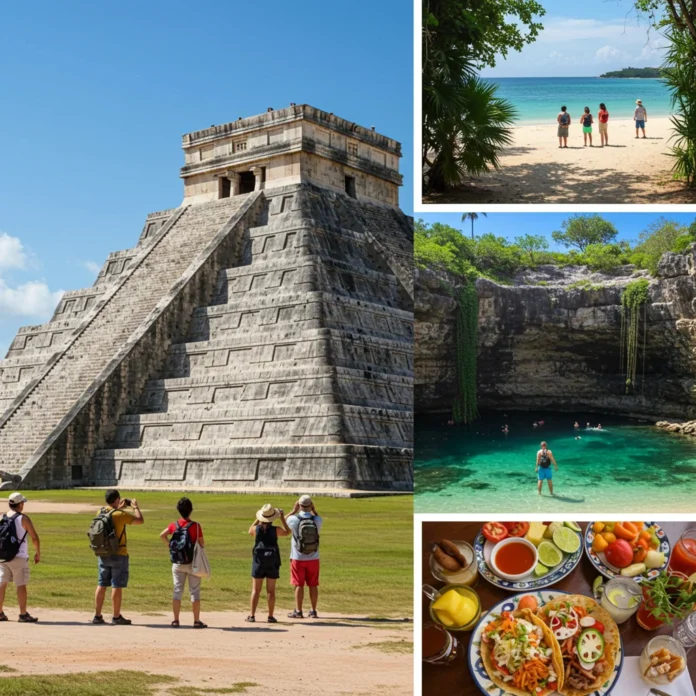Introduction to the Chichen Itza Tour Experience
Visiting Chichen Itza stands at the top of many travelers’ lists when planning a journey to Mexico’s Yucatán Peninsula. The blend of ancient ruins, mystical cenotes, and rich cultural history creates an atmosphere that is both awe-inspiring and deeply moving. Travelers can expect a seamless experience with round-trip transfers from Cancun, a flavorful lunch, and the chance to swim in refreshing cenotes—all elements that make this tour a memorable adventure.
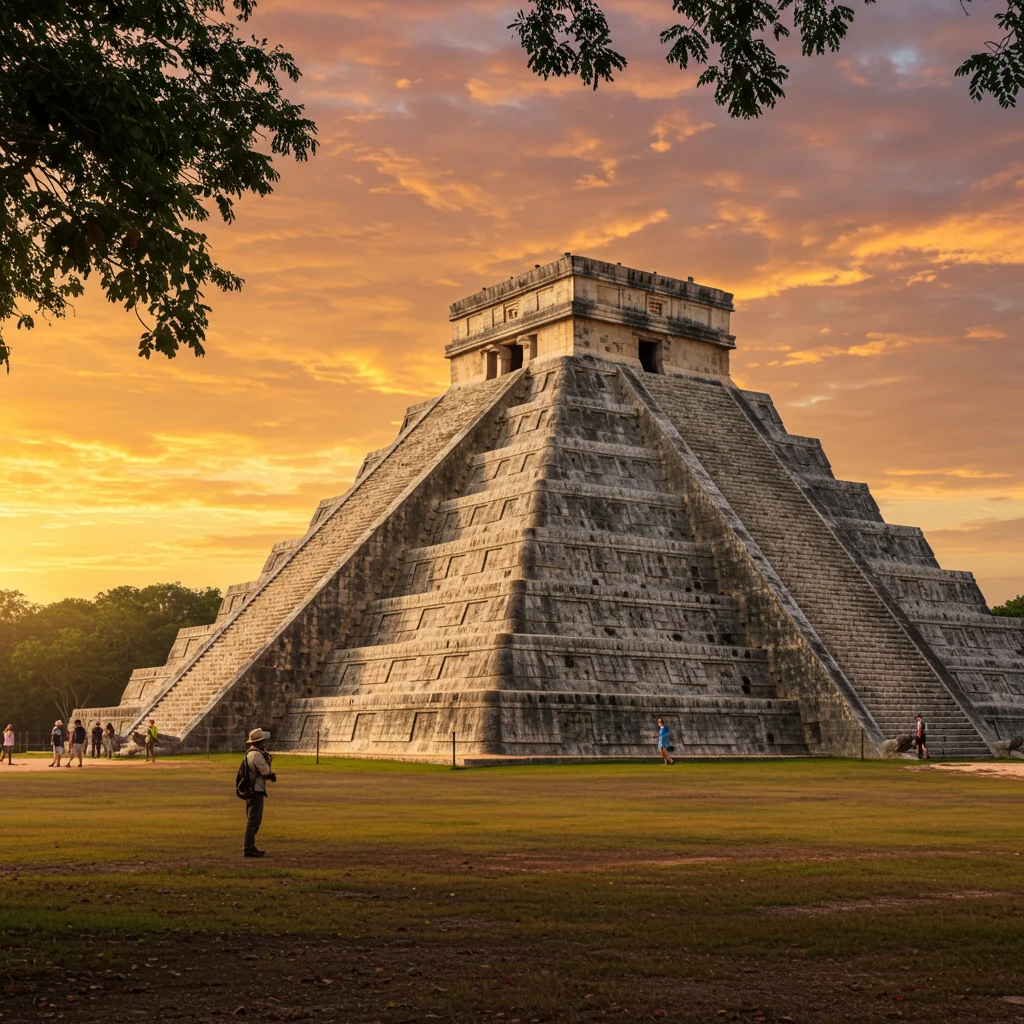
The anticipation builds as we prepare to walk among the echoes of a civilization that shaped the region for centuries. With every step, we connect with both the past and the present, surrounded by lush jungle, intricate stonework, and the unmistakable energy of a UNESCO World Heritage Site.
What Makes Chichen Itza a Must-Visit Destination?
The allure of Chichen Itza lies in its profound historical significance, architectural grandeur, and the legends woven into its ancient stones. For those seeking to experience one of the New Seven Wonders of the World, this site offers both visual marvels and deep cultural resonance.

A Brief History of Chichen Itza
Established over a thousand years ago by the Mayan civilization, Chichen Itza flourished as a major center of politics, economics, and religion. The city’s timeline reflects periods of both prosperity and mysterious decline, with astronomers, priests, and rulers shaping its destiny.
The structures we see today were meticulously crafted from limestone, each stone echoing stories of rituals, warfare, and daily life. The city’s layout reveals advanced knowledge of astronomy and mathematics, visible in the alignment of its most famous monuments.
Significance of Chichen Itza in Mayan Culture
Chichen Itza served as a focal point for Mayan religious ceremonies, astronomical observations, and trade. The city’s temples and ball courts were more than architectural feats—they were the settings for events that shaped the region’s spiritual and social life.
Mayan legends and beliefs continue to permeate the tour experience, offering a glimpse into a worldview where the cosmos, nature, and human destiny were intricately linked.
UNESCO World Heritage Status Explained
In 1988, Chichen Itza was designated a UNESCO World Heritage Site for its outstanding cultural value. This recognition not only preserves the site for future generations but also signifies its global importance as a symbol of human achievement.
The UNESCO status ensures ongoing conservation efforts and sets guidelines for responsible tourism, helping to protect the integrity of the monuments and the surrounding environment.
Overview of the Chichen Itza Tour from Cancun
The Chichen Itza tour from Cancun is designed to offer a comprehensive, comfortable, and enriching journey. Participants benefit from organized transfers, expert guides, and a thoughtfully curated itinerary that maximizes both learning and leisure.
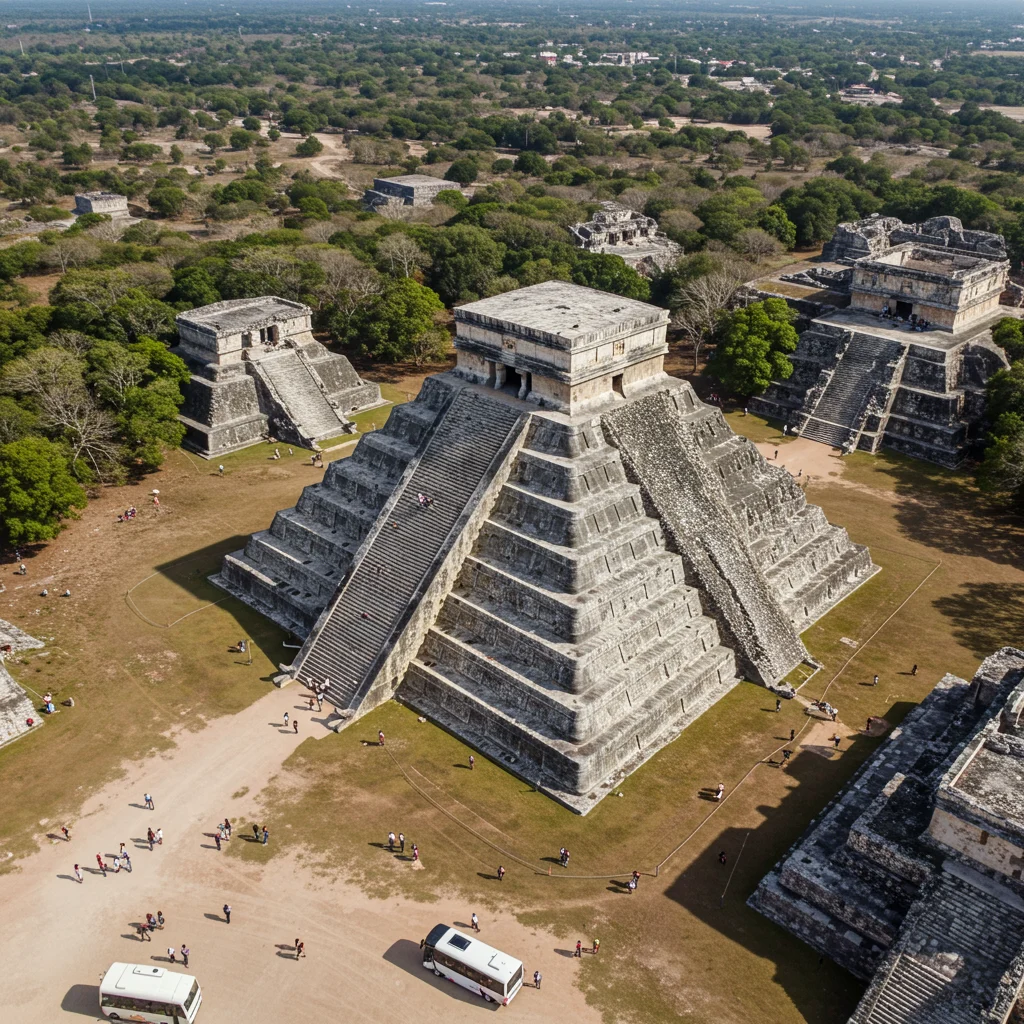
Whether you’re a history enthusiast, a family with children, or a couple seeking adventure, the tour adapts to various interests and preferences.
What’s Included in the Tour Package?
Most packages offer a full range of amenities, making your day as smooth as possible. Here’s what you can typically expect:
- Round-trip Cancun transfers in air-conditioned vehicles
- Entrance fees to Chichen Itza and selected cenotes
- Guided tours by certified experts
- Buffet or à la carte lunch featuring Yucatecan cuisine
- Free time for swimming or exploring
- Optional hotel pickup and drop-off
Tour Duration and Daily Itinerary
A typical tour lasts from early morning to evening—usually 10 to 12 hours in total. The day is structured to balance guided exploration, free time, and rest stops for meals and swimming.
The itinerary often includes a morning departure, mid-morning arrival at Chichen Itza, exploration of the ruins, a cenote swim, lunch, and a late afternoon return to Cancun.
Types of Tours Available: Group vs. Private
Travelers can choose between group tours—ideal for meeting fellow adventurers and enjoying a cost-effective option—or private tours for a more personalized, flexible experience.
Group tours offer a social atmosphere and structured pace, while private options allow for custom itineraries and more direct interaction with your guide. Those interested in exploring at their own rhythm may find value in our insights on private archaeological site tours.
How to Book Your Chichen Itza Tour
Booking your Chichen Itza experience is straightforward, but a few key tips can help you secure the best tour for your needs. Understanding the booking process, operator reputation, and refund policies is essential for a worry-free trip.
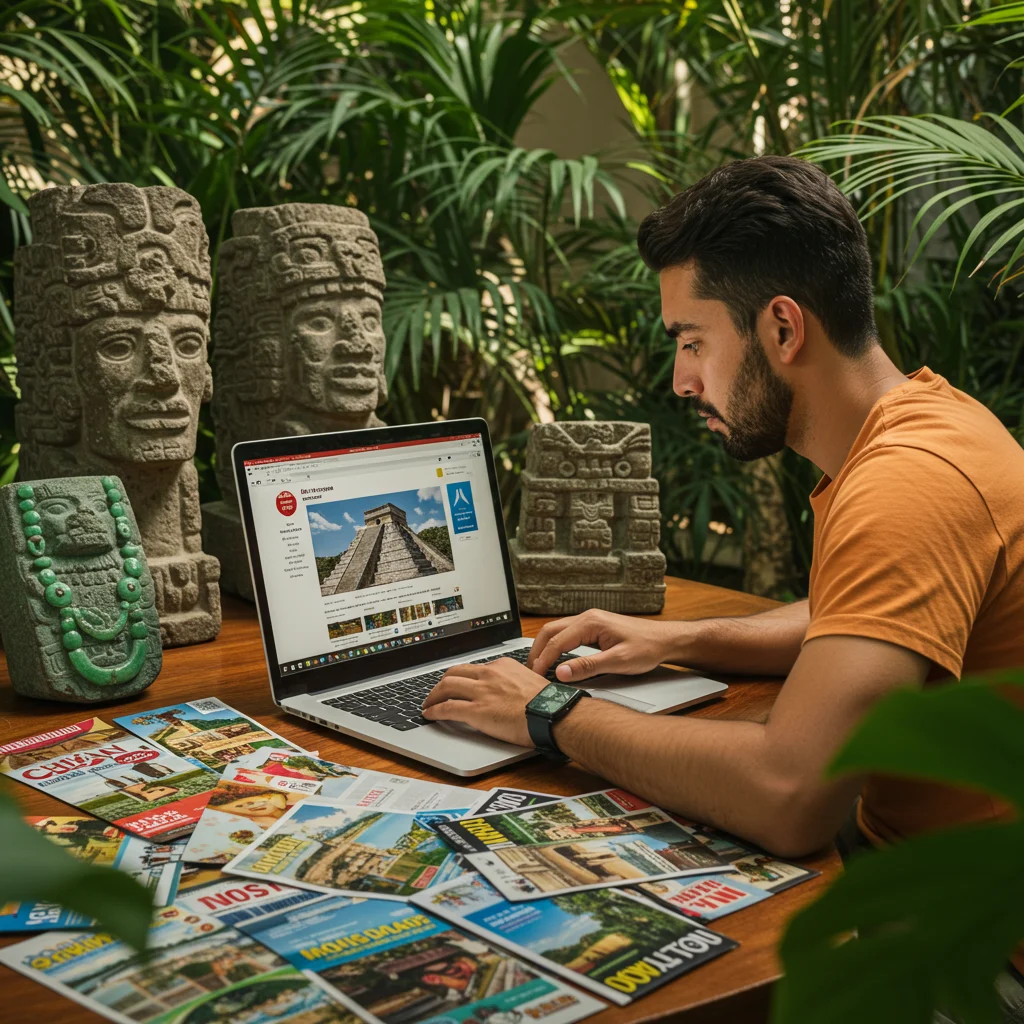
Booking Online: Tips and Best Practices
We recommend reserving your spot well in advance, especially during peak travel seasons. Use reputable platforms to find tours with clear inclusions and real customer reviews.
- Double-check the itinerary and what’s included
- Read recent reviews for up-to-date feedback
- Confirm the pickup location and time
- Review cancellation and refund terms
Choosing a Reputable Tour Operator
Selecting a trusted operator is vital for safety and quality. Look for companies with certified guides, transparent policies, and strong local partnerships.
What to Look for in Tour Reviews?
Pay attention to comments about guide knowledge, punctuality, and vehicle comfort. Consistent positive feedback about the guides’ storytelling and the smoothness of the logistics is a good sign.
Negative reviews citing hidden fees or disorganized schedules should serve as red flags.
Understanding Cancellation and Refund Policies
Before confirming your booking, carefully review the cancellation policy. Flexible operators typically allow changes or refunds up to 24 or 48 hours in advance, which can be a relief if your plans shift.
Be wary of strict or unclear refund terms, and keep a copy of your confirmation email for reference.
Getting to Chichen Itza: Cancun Transfers Explained
The journey from Cancun to Chichen Itza is a significant part of the experience. With travel times averaging around 2.5 to 3 hours each way, comfort and convenience play key roles in making the trip enjoyable.
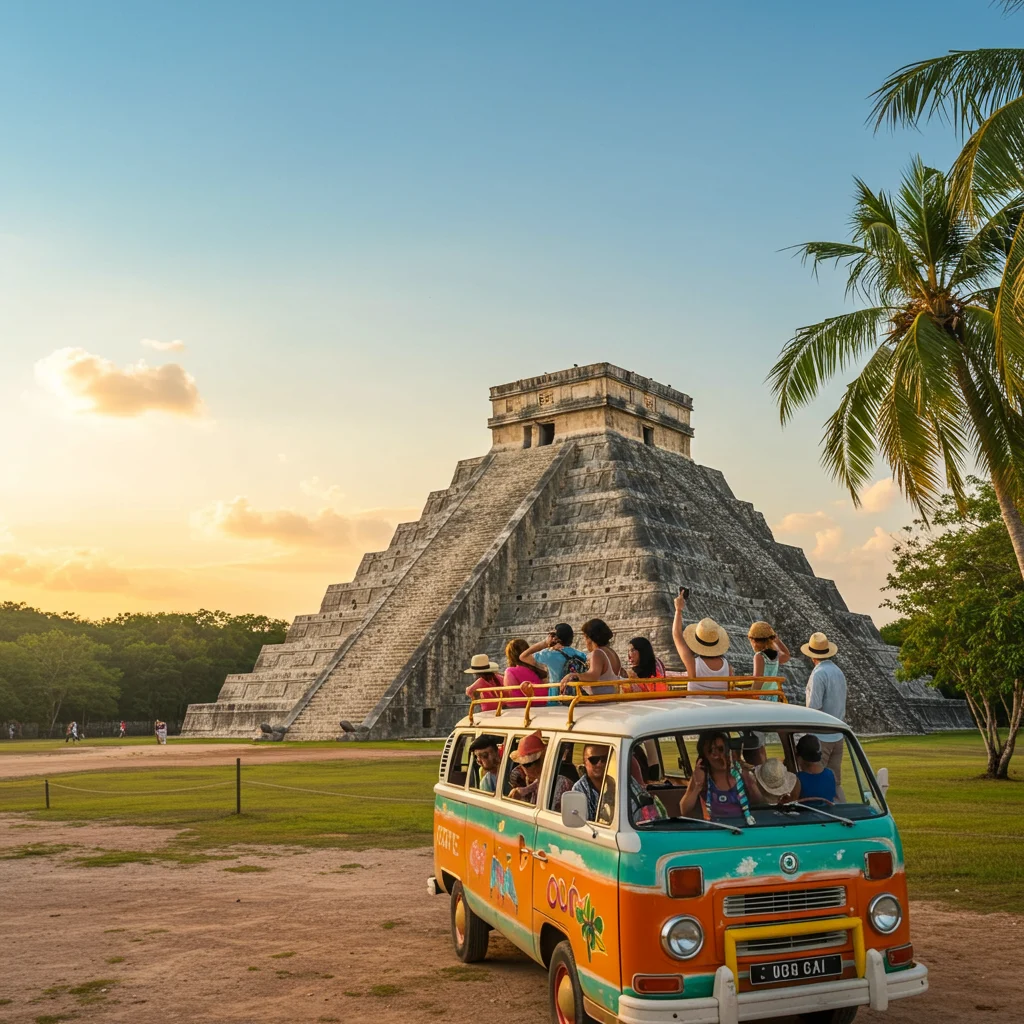
What Are the Transfer Options from Cancun?
Travelers can choose between private transfers, shared shuttles, or even rental cars. Tour packages often include group transportation, which removes the stress of navigating unfamiliar roads.
For those planning multi-destination journeys, we have outlined practical advice in our article about easy transfer solutions.
Private vs. Shared Transfers: Which Is Right for You?
Private transfers offer direct routes, personalized schedules, and more privacy—ideal for families or small groups. Shared transfers are cost-effective and provide a lively, social atmosphere, though they may involve additional pickup stops.
How Long Does the Journey Take?
The drive from Cancun to Chichen Itza typically takes 2.5 to 3 hours, depending on traffic and road conditions. Morning departures are standard, allowing for cooler temperatures and a timely arrival.
Comfort and Amenities on the Road
Modern tour vehicles usually feature air conditioning, reclining seats, and sometimes onboard refreshments. Some operators provide Wi-Fi or entertainment options, making the trip comfortable and relaxing.
What to Bring for the Road Trip
- Reusable water bottle
- Snacks or light breakfast
- Headphones or a book
- Light sweater for air-conditioned buses
- Charged phone and power bank
Preparing these essentials helps the journey pass smoothly and keeps you refreshed upon arrival.
Arriving at Chichen Itza: First Impressions
Stepping off the bus, the air feels thick with humidity and anticipation. Dense jungle surrounds the site, and the sound of birdsong mingles with the excited chatter of visitors. The imposing silhouette of El Castillo rises above the treetops, instantly capturing your attention.
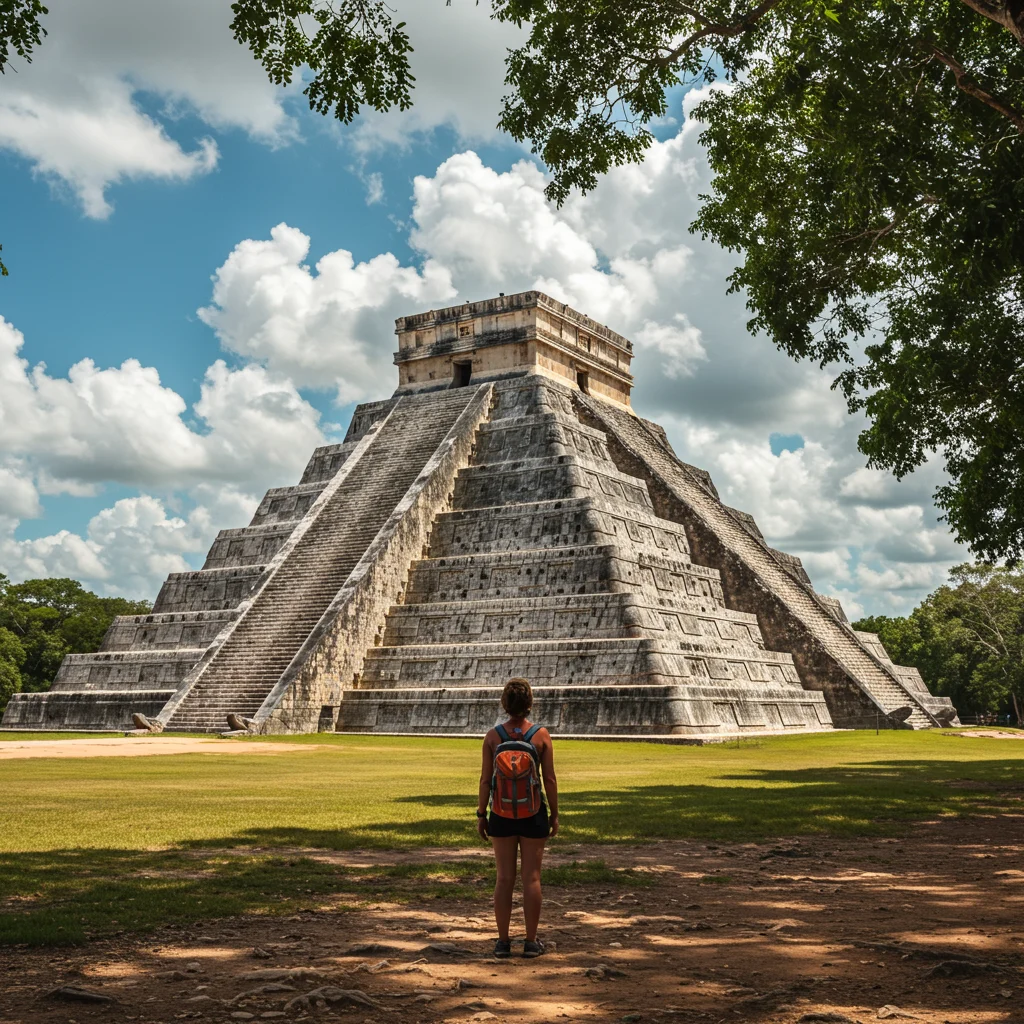
Navigating the Entrance and Ticketing Process
The entrance to Chichen Itza is well-organized, with separate lines for ticketed groups and individual travelers. Most tours handle ticketing in advance, allowing for a seamless entry.
Security checks are routine, and bag inspections ensure the protection of the site. Staff are helpful and accustomed to welcoming international guests.
Facilities and Services at the Site
Restrooms, shaded seating areas, and small shops are available near the entrance. Lockers can be rented for valuables, and there are stands selling water, hats, and sunscreen.
Information booths provide maps and answer questions about accessibility or lost items.
Exploring the Ruins: What Will You See?
The sprawling grounds of Chichen Itza hold a treasure trove of wonders. As we walk the well-marked paths, each monument reveals new details—carvings, columns, and echoes of ancient ceremonies.

El Castillo (Temple of Kukulcán): The Iconic Pyramid
The centerpiece of Chichen Itza, El Castillo stands 30 meters tall, its stone steps perfectly aligned with the cardinal directions. During the equinox, sunlight creates the illusion of a serpent slithering down its northern stairway—a testament to Mayan astronomical mastery.
The pyramid’s symmetry and grandeur leave visitors speechless, especially when viewed against a backdrop of deep blue sky.
The Great Ball Court: History and Mystique
The Great Ball Court is the largest in Mesoamerica, stretching 168 meters in length. Its acoustics are so precise that a whisper at one end can be heard at the other, adding an eerie quality to the legends of ritual games played here.
Intricate stone carvings depict scenes of competition and sacrifice, inviting us to imagine the emotions of players and spectators alike.
The Sacred Cenote: Rituals and Legends
The Sacred Cenote was central to Mayan religious practices, serving as a site for offerings and rituals. Archaeologists have uncovered artifacts and human remains, confirming its role as a place of profound spiritual significance.
Gazing into its emerald waters, we sense the reverence that the Mayans held for these natural wells, believed to be gateways to the underworld.
The Temple of the Warriors
Rows of stone columns mark the Temple of the Warriors, an impressive complex adorned with carvings of warriors and feathered serpents. The area feels both powerful and solemn, hinting at ceremonies and gatherings that once took place here.
Other Notable Structures and Their Stories
Beyond the main monuments, the Observatory, the Temple of the Jaguars, and the Nunnery Complex each hold unique stories. Their architectural styles reflect influences from across the Mayan world, showcasing both innovation and adaptation.
Guided Tours vs. Self-Guided Exploration
Travelers can choose to join a guided group or explore independently with maps and audio guides. Each approach offers distinct benefits, depending on your interests and pace.
What to Expect from Your Tour Guide?
Certified guides bring the ruins to life with vivid storytelling, historical context, and engaging anecdotes. Their expertise helps unravel the mysteries behind the carvings and alignments, transforming stone into narrative.
As experts often say:
“History comes alive not through stones alone, but through the stories we share and the questions we dare to ask.”
A good guide makes the experience richer and more memorable.
Audio Guides and Maps: Are They Worth It?
Audio guides and printed maps offer flexibility for those who prefer to set their own pace. These resources are especially useful for repeat visitors or anyone seeking a quiet, contemplative walk through the site.
While not as immersive as a live guide, they provide valuable background and practical navigation tips.
The Cenote Experience: Swimming and Adventure
No visit to Chichen Itza is complete without a refreshing dip in a cenote. These natural sinkholes, formed by collapsed limestone, offer crystal-clear waters and an enchanting setting for relaxation and adventure.
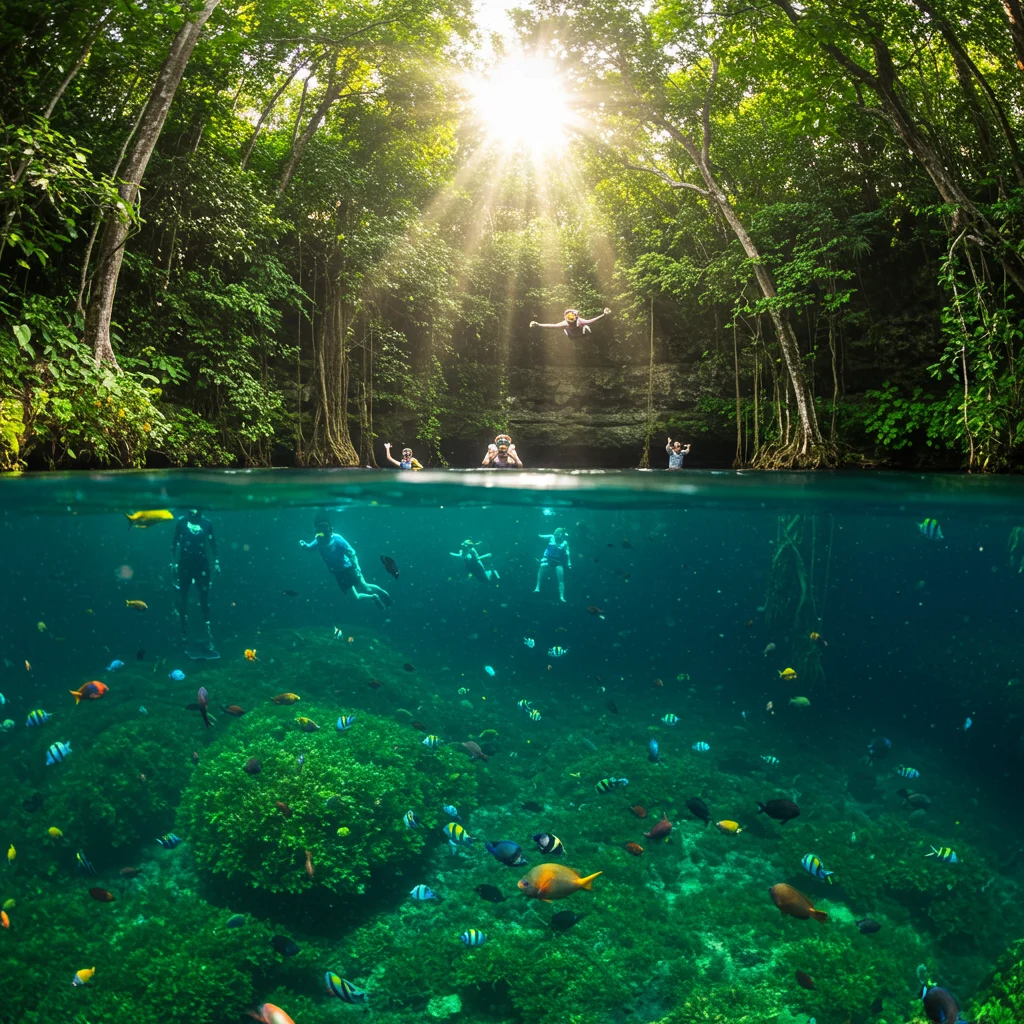
The sensation of cool water against sun-warmed skin, filtered sunlight dancing on the surface, and the echo of laughter create a sensory escape from the heat of the ruins.
What Are Cenotes and Why Are They Special?
Cenotes are unique to the Yucatán Peninsula, where underground rivers carve out vast networks of caverns and pools. Revered by the Mayans as sacred places, cenotes provided water, shelter, and a link to the spiritual world.
Each cenote has its own personality—some are open and sunlit, while others are enclosed and mysterious, with stalactites and vines creating a magical ambiance.
Which Cenotes Are Included in the Tour?
Many tours visit popular cenotes such as Ik Kil, Xcajum, or Saamal. These sites are chosen for their beauty, accessibility, and facilities, ensuring a safe and enjoyable swim.
If you’re interested in pairing your cenote visit with other outdoor activities, consider our recommendations for cenote and adventure tours in the region.
Safety Tips for Swimming in Cenotes
- Shower before entering to help preserve water quality
- Use biodegradable sunscreen
- Obey lifeguard instructions and posted signs
- Wear a life vest if you are not a confident swimmer
- Keep valuables in a secure, waterproof bag
What Should You Bring for the Cenote Visit?
- Swimsuit and quick-dry towel
- Waterproof camera or phone case
- Sandals or water shoes
- Change of clothes
- Small cash for lockers or snacks
Cultural Significance of Cenotes to the Mayans
For the Mayans, cenotes were not just water sources—they were sacred sites for offerings, ceremonies, and communication with the gods. Many cenotes near Chichen Itza have yielded artifacts, ceramics, and even human remains, underscoring their spiritual importance.
Today, swimming in a cenote is both a recreational delight and a respectful nod to centuries of tradition.
Lunch on the Tour: What to Expect
After a morning of exploration and swimming, lunch is a welcome pause. The midday meal is an opportunity to savor the flavors of Yucatecan cuisine and recharge for the rest of your adventure.

Where Will You Eat During the Tour?
Most tours include lunch at a local restaurant or buffet near the cenote or archaeological site. Venues are chosen for their cleanliness, variety, and ability to accommodate groups.
The dining area is often shaded and cool, offering respite from the midday sun.
Traditional Yucatecan Cuisine: Must-Try Dishes
- Cochinita Pibil: Slow-roasted pork marinated in achiote and citrus
- Pollo en Escabeche: Tangy marinated chicken with pickled onions
- Salbutes and Panuchos: Fried tortillas topped with beans, meat, and veggies
- Fresh fruits, rice, and beans
- Refreshing aguas frescas or soft drinks
Dietary Restrictions and Options
Vegetarian, vegan, and gluten-free choices are widely available. Notify your tour operator in advance to ensure your needs are met.
Staff are generally accommodating and familiar with common dietary preferences.
Is Lunch Included or Optional?
Lunch is typically included in the tour price, but always confirm when booking. Some operators may offer lunch as an optional add-on, allowing for greater flexibility in meal choices.
Practical Tips for a Successful Chichen Itza Tour
Preparation is key to enjoying your day to the fullest. From packing essentials to dressing appropriately, a little planning goes a long way.
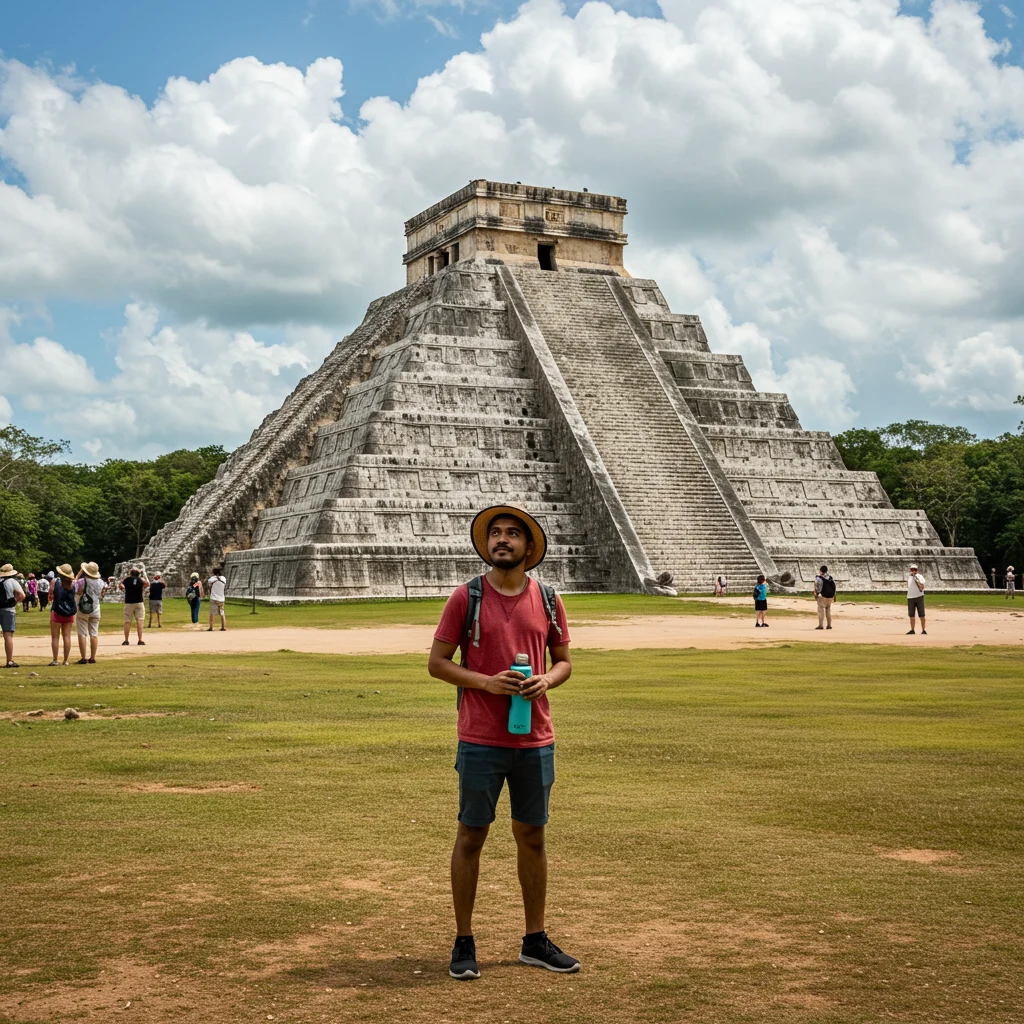
What to Pack for Your Day Trip?
- Comfortable walking shoes
- Lightweight, breathable clothing
- Hat and sunglasses
- Sunscreen and insect repellent
- Reusable water bottle
- Swimsuit and towel
- Camera or smartphone
- Personal ID and cash
Best Times of Year to Visit Chichen Itza
The dry season (November to April) offers the most comfortable weather, with lower humidity and clear skies. Crowds peak during holidays and spring break, so consider visiting on weekdays or shoulder months for a more relaxed atmosphere.
If you wish to combine your visit with other coastal adventures, see our tips on Cancun’s best water activities.
Weather Considerations and How to Prepare
Expect warm temperatures year-round, with midday heat especially intense from May to September. Bring a light rain jacket during the wet season and check the forecast before departure.
How to Dress for Comfort and Respect
Choose lightweight, breathable fabrics in light colors. Modest attire is appreciated at sacred sites; avoid revealing swimwear until you reach the cenote.
Comfortable walking shoes are essential, as the ground can be uneven and dusty.
Protecting Yourself from the Sun and Heat
- Apply sunscreen regularly
- Wear a brimmed hat and UV-blocking sunglasses
- Stay hydrated throughout the day
- Seek shade during breaks
Accessibility: Is the Tour Suitable for Everyone?
Chichen Itza is generally accessible for visitors of all ages and abilities, though some uneven terrain and steps may pose challenges. Many tour operators accommodate guests with mobility needs—ask in advance about ramps, shaded paths, and accessible restrooms.
Photography Tips at Chichen Itza and Cenotes
Capturing the magic of Chichen Itza and its cenotes requires both preparation and respect for the site’s rules. The interplay of sunlight and shadow, the vibrant colors, and the grandeur of the monuments make for unforgettable images.
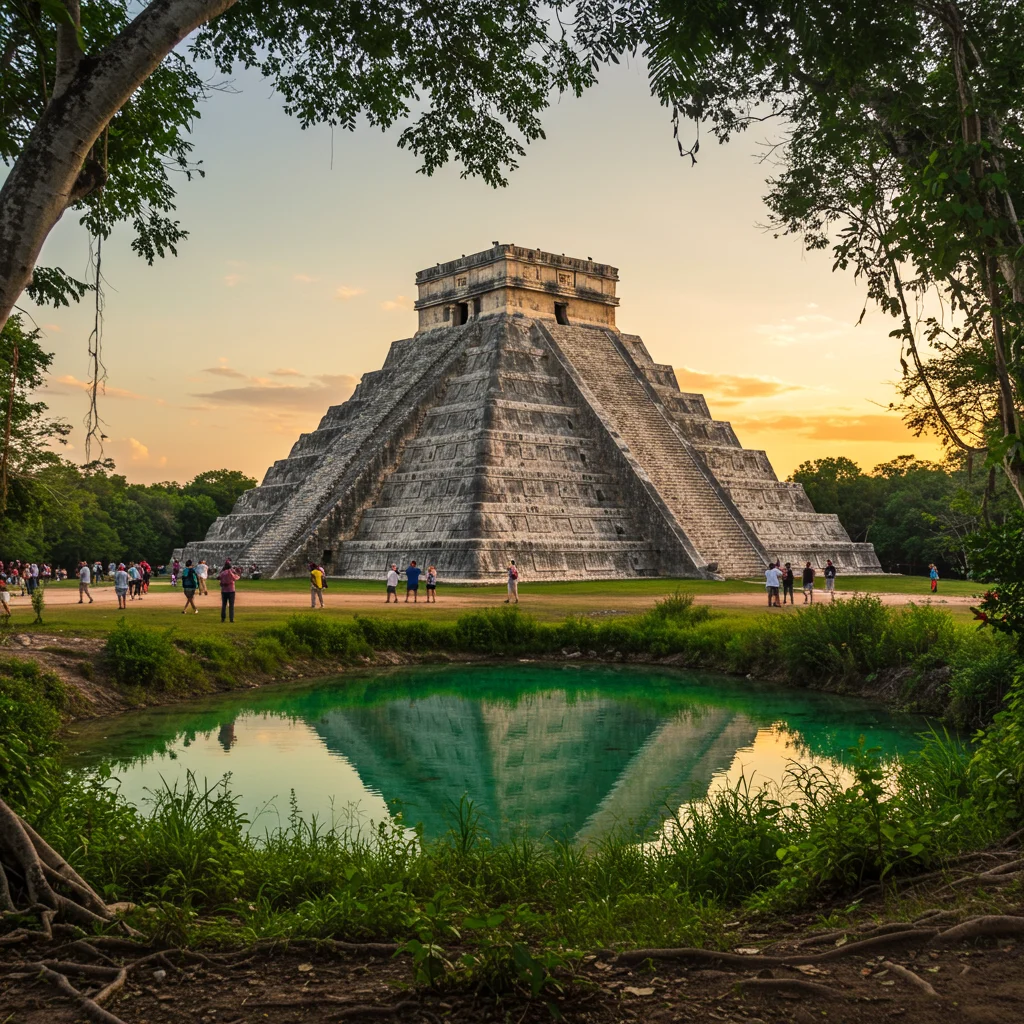
Are Drones Allowed at the Site?
Drones are generally prohibited at Chichen Itza to protect the site and ensure visitor safety. Always check current regulations before bringing drone equipment.
Best Spots for Photos and Instagram Moments
- The base of El Castillo, especially at sunrise or sunset
- The reflection of the pyramid in nearby pools after rain
- Inside the Great Ball Court, capturing its impressive scale
- Under the canopy at the cenote, with sunlight streaming through
- Group photos with the lush jungle as a backdrop
Respect barriers and signage to protect both the monuments and your safety while taking photos.
Local Customs and Responsible Tourism
Responsible tourism at Chichen Itza means honoring both the site and the people who protect and share it. Small actions can have a big impact on preservation and local livelihoods.

How to Respect the Archaeological Site
- Do not climb or touch the monuments
- Stay on marked paths
- Refrain from littering or defacing structures
- Follow instructions from staff and guides
Eco-Friendly Practices While Touring
Bring a reusable water bottle, avoid single-use plastics, and use biodegradable sunscreen to help protect the fragile ecosystem. Dispose of waste properly and support sustainable businesses.
Supporting the Local Community
Purchase souvenirs from local artisans, tip guides and drivers fairly, and choose tours that partner with community businesses. For those interested in combining eco-friendly travel with cultural immersion, our post on responsible tourism in Tulum offers additional tips.
Common Questions About Chichen Itza Tours
First-time and repeat visitors often have practical questions about logistics, facilities, and site regulations. Here, we address the most frequent concerns.

Is Chichen Itza Suitable for Kids and Families?
Absolutely—children often find the ruins and cenotes fascinating. Many tours include family-friendly amenities and guides who tailor explanations for younger audiences.
What Languages Are the Tours Offered In?
Guided tours are available in English, Spanish, and often other languages such as French, German, or Italian. Confirm your preferred language when booking.
Are There Restrooms and Facilities on Site?
Restrooms, shaded seating, and snack vendors are located near the main entrance and at designated points within the site. Facilities are generally clean and well-maintained.
Can You Climb the Pyramids?
Climbing on the monuments, including El Castillo, is no longer permitted due to preservation efforts. Visitors can admire the structures up close but must remain on designated paths.
What Is the Best Time of Day to Visit?
Early morning or late afternoon visits are ideal for cooler temperatures and fewer crowds. The light is also more flattering for photography during these hours.
Costs and Budgeting for Your Chichen Itza Tour
Planning your budget in advance helps you make the most of your time without surprises. Understanding what’s included and any potential extras ensures a smooth experience.

What’s Included in the Price?
Most tours cover transportation, entrance fees, lunch, and guided services. Some also include snacks, drinks, or additional stops.
Are There Any Additional Fees?
Bring extra cash for souvenirs, optional activities, or gratuities. Some cenotes may charge for locker rentals or life jackets, and camera permits may be required for professional equipment.
Tipping Etiquette for Guides and Drivers
Tipping is customary and appreciated. We suggest 10–15% of the tour price for guides and a smaller amount for drivers, depending on service quality.
Souvenirs and Shopping Near Chichen Itza
Vendors and shops near the entrance offer a wide variety of souvenirs, from handcrafted jewelry to embroidered textiles. Supporting local artisans ensures your purchase has a positive impact.
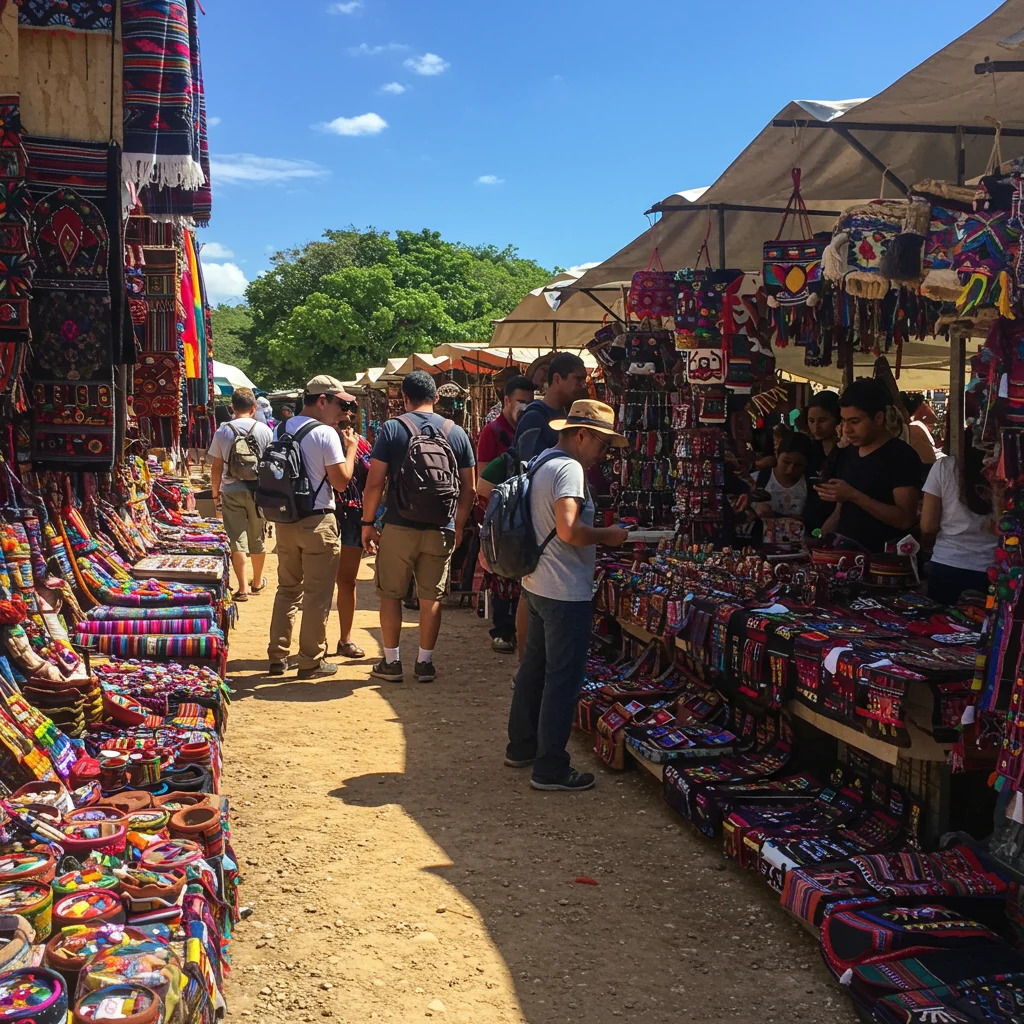
What Souvenirs Are Available?
- Handmade pottery and figurines
- Colorful hammocks
- Beaded jewelry and masks
- Wood carvings and textiles
- Locally produced vanilla and spices
How to Negotiate with Local Vendors
Bargaining is common and expected, but always approach negotiations with respect and a smile. Start with a lower offer and be prepared to meet in the middle.
Purchasing directly from artisans supports families and preserves traditional crafts.
Nearby Attractions to Combine with Your Tour
The Yucatán Peninsula is rich in history and natural beauty. Consider extending your trip to visit other notable sites and towns nearby.

Exploring Valladolid: A Colonial Gem
The charming town of Valladolid is just a short drive from Chichen Itza. Its pastel-colored streets, historic churches, and lively markets offer a glimpse into colonial-era Mexico.
Savor local delicacies in the plaza or visit the nearby cenote Zací for another refreshing swim.
Other Archaeological Sites in the Area
Ek Balam and Coba are two significant sites within reach of Chichen Itza. Each offers unique structures and fewer crowds, making them ideal additions for archaeology enthusiasts.
For those with a passion for Mayan history, consider pairing your journey with a visit to Tulum’s seaside ruins, as described in our post on Tulum’s archaeological highlights.
Sample Itinerary: What Does a Typical Day Look Like?
To help you visualize your day, here’s a sample tour schedule, from sunrise departure to evening return.

Morning: Departure from Cancun
Early pickup from your hotel ensures a cool, traffic-free start. Breakfast may be served en route, with comfortable seating and air conditioning making the journey pleasant.
Midday: Chichen Itza Exploration
Upon arrival, your guide leads you through the ruins, sharing stories and answering questions. There’s ample time for photos, rest, and shopping.
Afternoon: Cenote Swim and Lunch
After exploring the ruins, you’ll enjoy a refreshing swim in a nearby cenote, followed by a leisurely lunch of regional specialties. This is a welcome escape from the midday heat.
Evening: Return to Cancun
The journey back offers time to relax, reflect, and share memories with fellow travelers. Most tours return by early evening, leaving you time to enjoy Cancun’s nightlife or rest after an enriching day.
Personal Stories: What Past Visitors Loved Most
Hearing from those who have experienced the Chichen Itza tour firsthand adds perspective and inspiration. Feedback highlights the special moments that make the day unforgettable.
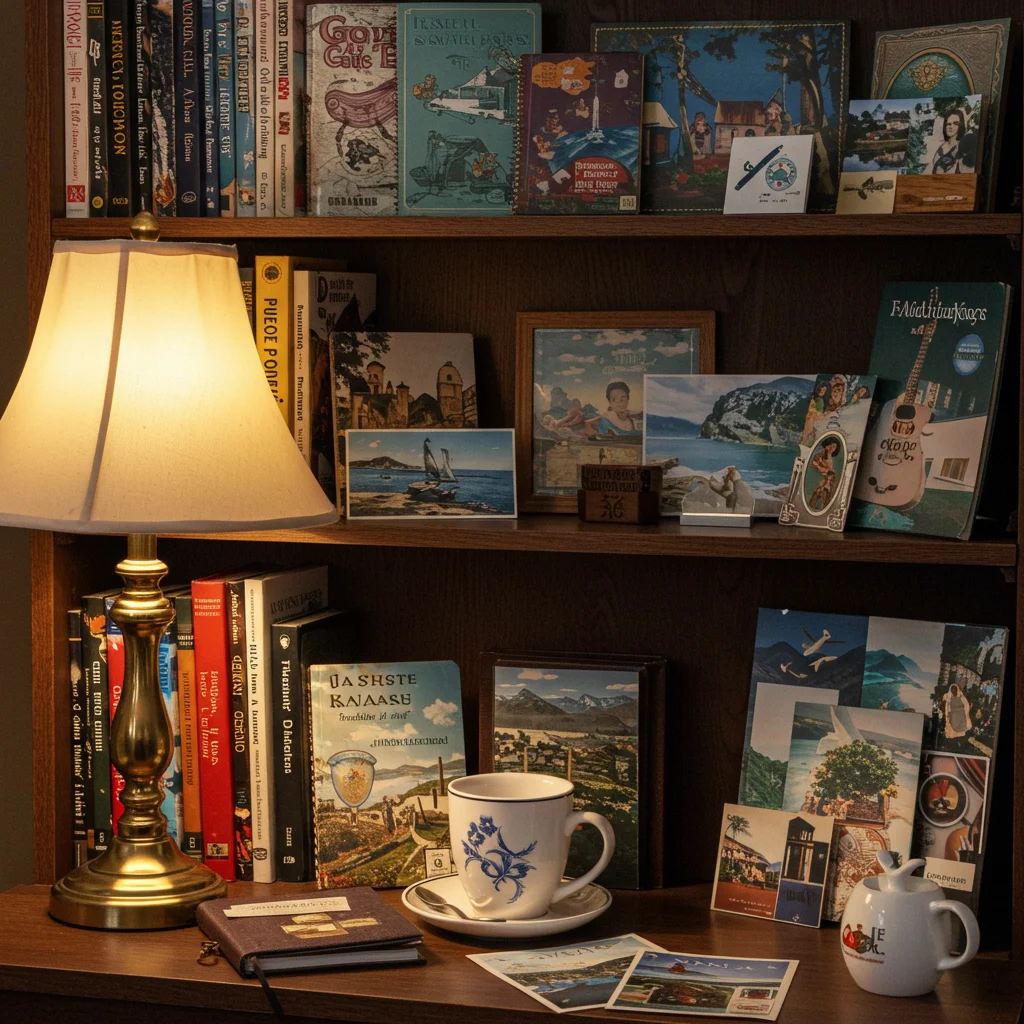
Memorable Moments Shared by Travelers
Many visitors recall the first sight of El Castillo shimmering under the morning sun, the cool embrace of cenote waters, and the flavors of Yucatecan dishes. The sense of walking in the footsteps of the ancients often leaves a lasting impression.
Tips from Repeat Visitors
- Arrive early for the best lighting and fewer crowds
- Bring a waterproof case for photos in the cenote
- Take time to listen to the guide’s stories—they add depth to the experience
- Pace yourself—there’s much to see, but relaxation is part of the journey
Conclusion: Is the Chichen Itza Tour Worth It?
The Chichen Itza tour from Cancun offers an immersive blend of history, culture, adventure, and natural beauty. With well-organized transfers, expert guides, and thoughtful amenities, it’s an experience that resonates long after the day ends.
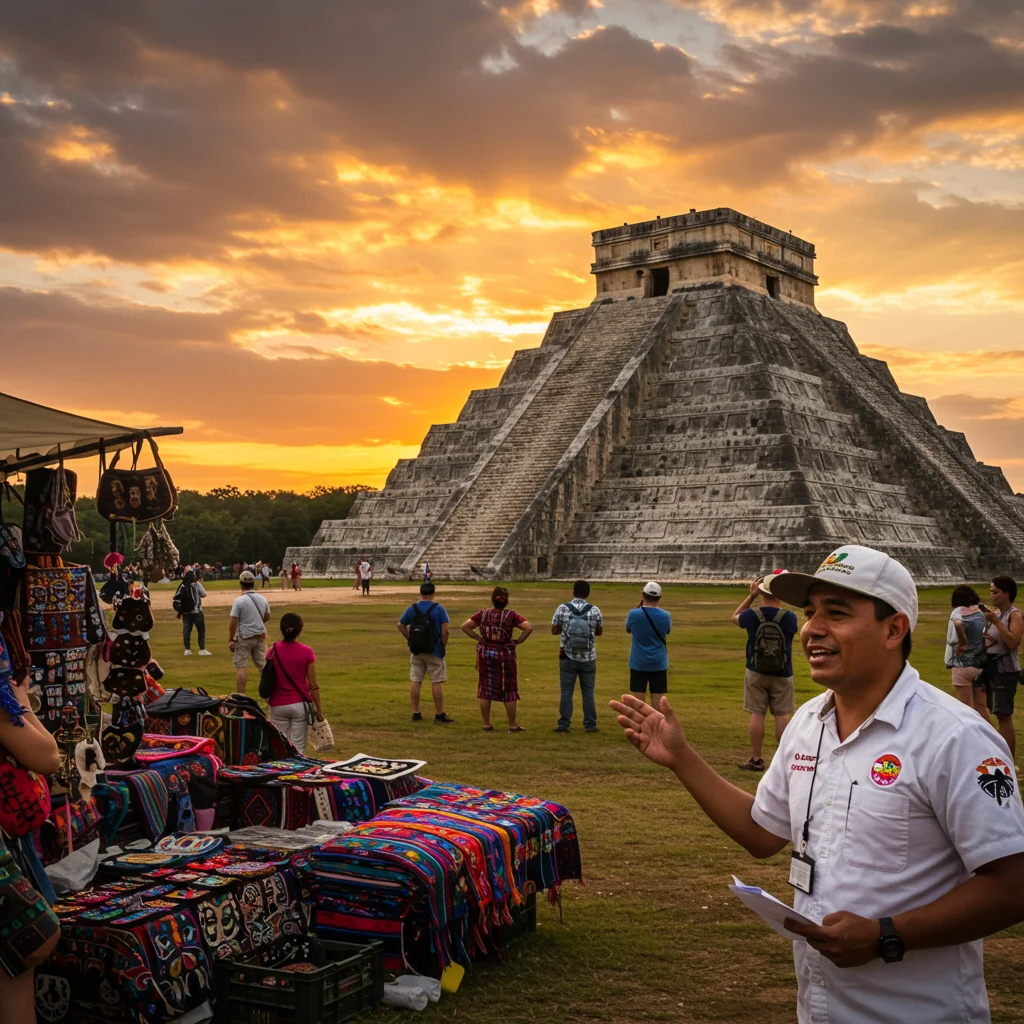
Final Thoughts and Recommendations
We believe this tour is a valuable investment for anyone eager to connect with Mexico’s heritage. From the awe-inspiring ruins to the tranquil cenotes and delicious cuisine, every moment is crafted for discovery and delight. For more ideas on combining your Chichen Itza tour with other adventures, browse our curated travel resources.
How to Make the Most of Your Experience
Prepare in advance, stay hydrated, and approach the day with curiosity. Respect the site and local customs, and don’t hesitate to ask questions—guides are passionate about sharing their knowledge.
How to Book on Viator
Booking your Chichen Itza tour is easy and secure with Viator. Simply visit Viator’s website, search for Chichen Itza tours, and compare packages based on reviews, inclusions, and price.

Viator offers flexible cancellation policies and verified customer feedback, making it a reliable choice to plan your trip. After booking, you’ll receive instant confirmation and detailed instructions for your tour day.
Final Thoughts and Recommendations
In summary, the Chichen Itza tour is a rewarding experience for travelers of all backgrounds. With a little preparation and the right attitude, you’ll create memories to cherish for years to come. For more travel inspiration and expert tips, visit Izase.
Disclaimer: This information is accurate to the best of our knowledge; however, there may be changes or mistakes. Please verify exact details on the Viator booking page.

